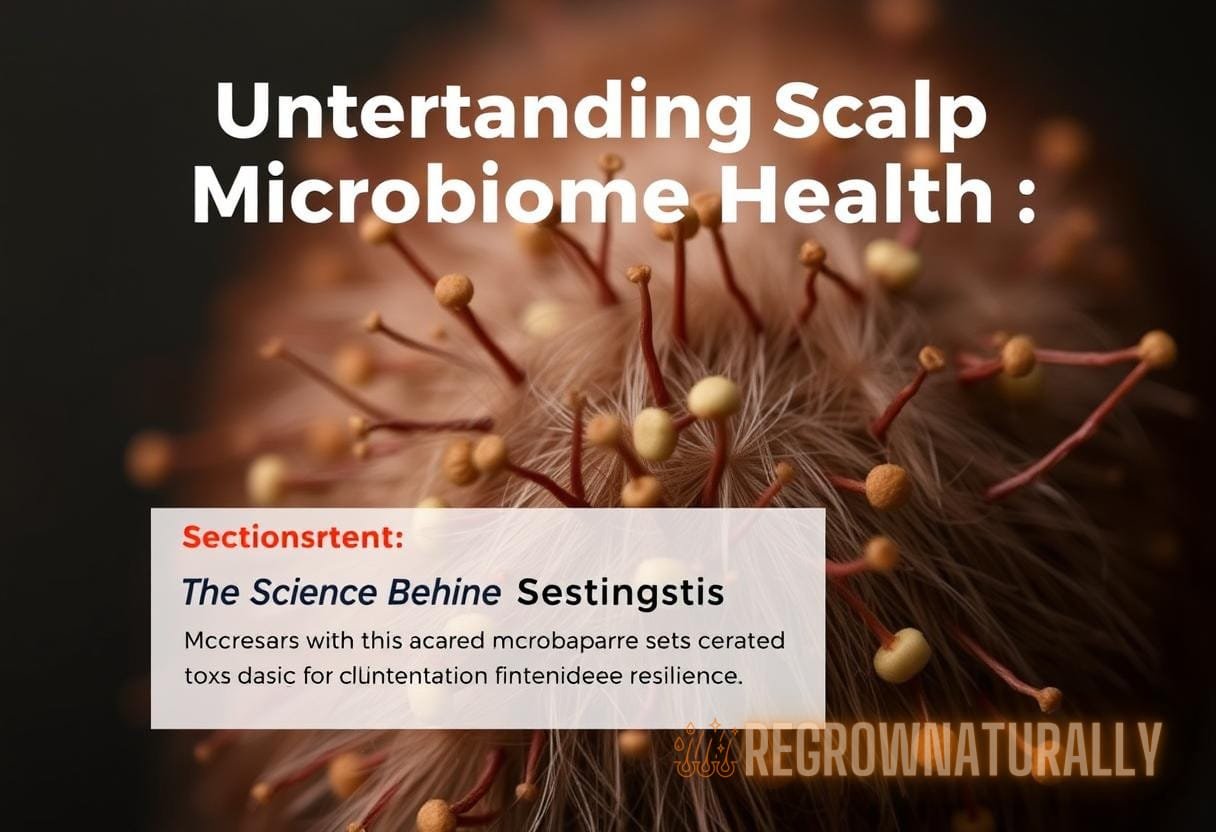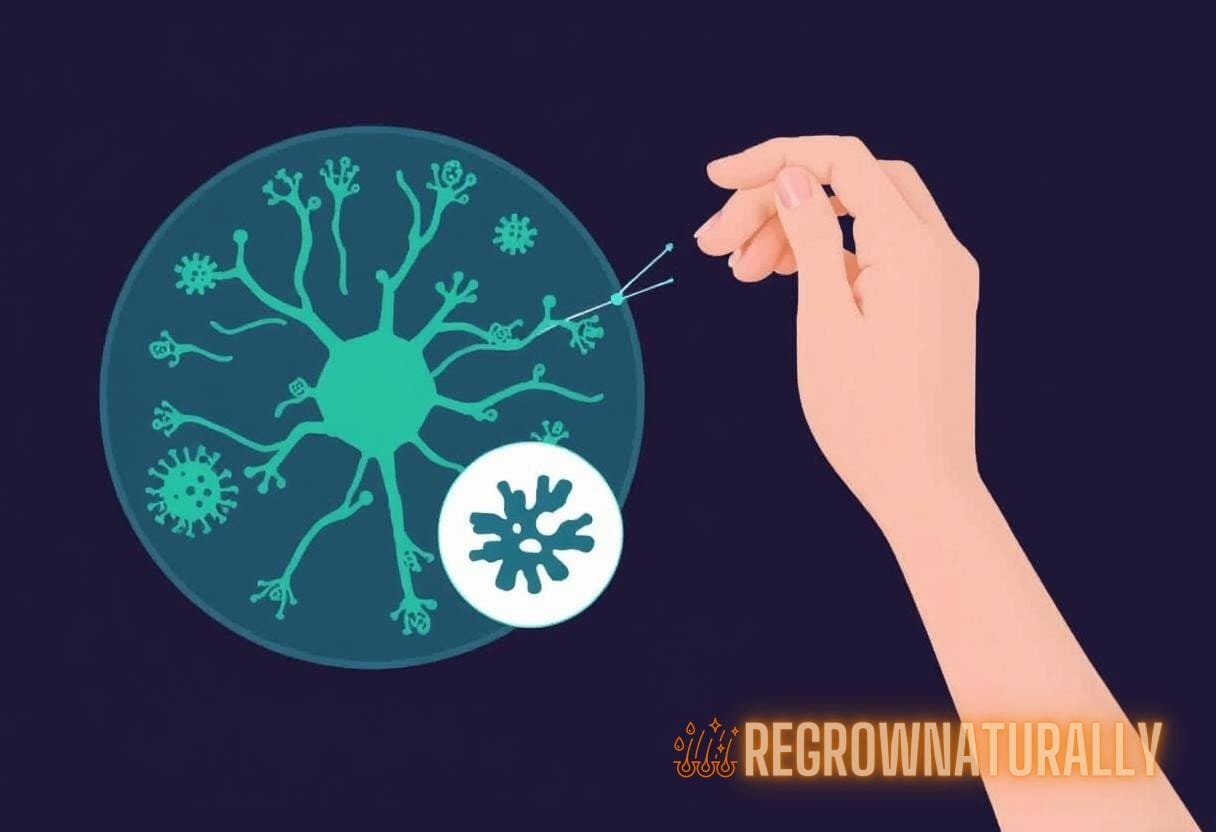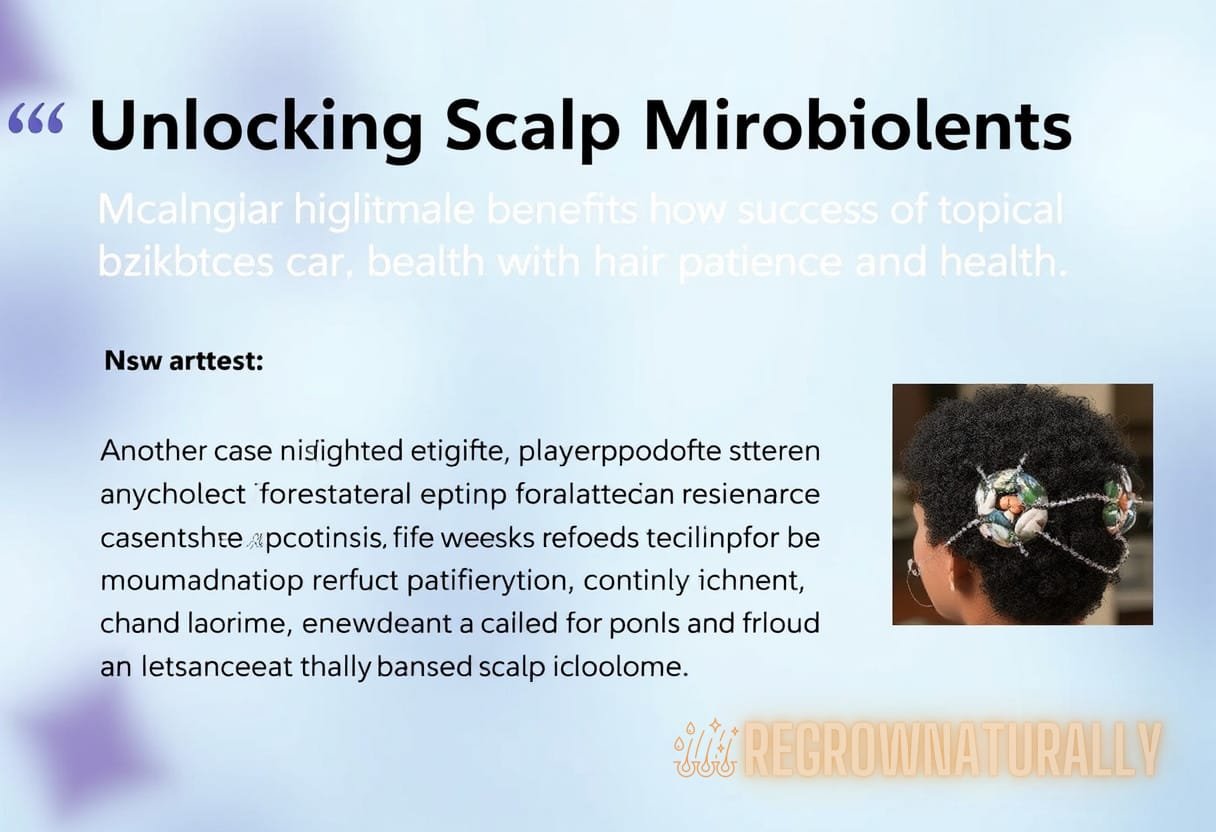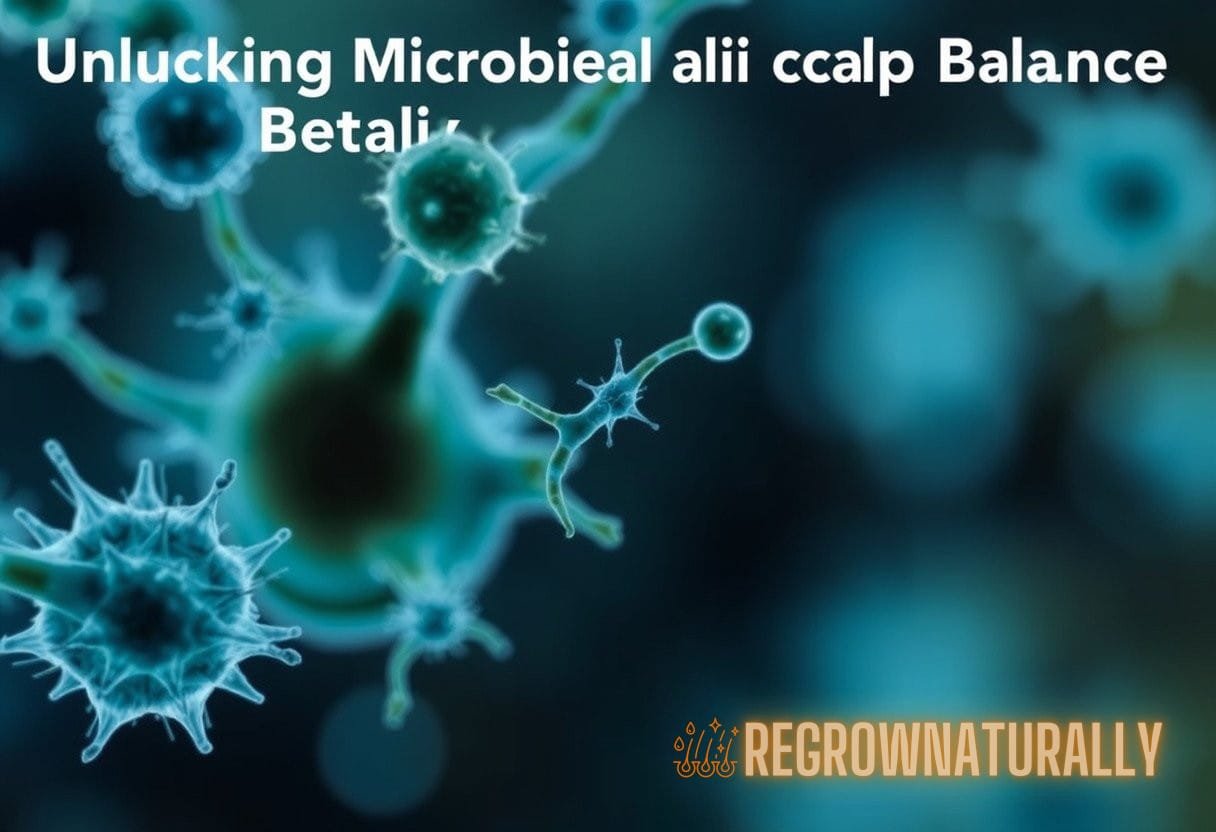Understanding the Scalp Microbiome
The scalp microbiome refers to the complex community of microorganisms, including bacteria, fungi, and viruses, that inhabit the skin of the scalp. This ecosystem plays a critical role in maintaining scalp health and promoting hair resilience. Scalp microbiome health is essential not just for the aesthetic aspect of healthy hair but also for the overall dermatological integrity of the scalp. Research indicates that a balanced scalp microbiome enhances the immune system, helps to ward off pathogenic organisms, and supports hair growth.
The Importance of the Scalp Microbiome
The balance of the scalp microbiome is influenced by various factors including genetics, diet, environmental conditions, and skin care practices. An imbalance can lead to various scalp conditions such as dandruff, seborrheic dermatitis, and psoriasis. Understanding the dynamics of the scalp microbiome can unlock the blueprint for effective hair care routines.
- Protective Barrier: The microbiome forms a defensive layer against harmful pathogens.
- pH Balance: Beneficial bacteria help maintain an optimal pH level, which is crucial for scalp health.
- Nutrient Absorption: The scalp microbiome assists in the absorption of nutrients vital for hair growth.
Components of the Scalp Microbiome
The scalp microbiome is primarily composed of non-pathogenic organisms that help create a unique environment. The bacterial family Proteobacteria and Firmicutes are commonly found on healthy scalps. Research indicates that diverse microbiota contribute to a stable scalp environment directly impacting scalp microbiome health.
Bacterial Diversity
Diverse bacterial communities are essential for a resilient scalp microbiome. A study published in the Journal of Investigative Dermatology found that individuals with a balanced microbiome exhibited a more diverse range of bacterial populations, which inversely correlates with conditions like dandruff. Maintaining a rich and varied microbiota is critical.
Fungal and Viral Elements
Alongside bacteria, fungi such as Malassezia species are also prevalent in the scalp microbiome. While these fungi can sometimes contribute to conditions like dandruff, they also play a fundamental role in the overall balance. Viral populations, including bacteriophages, may regulate bacterial growth, illustrating the complexity of interactions within the microbiome.
Factors Affecting Scalp Microbiome Dynamics
Several factors can disrupt the delicate balance of the scalp microbiome. Understanding these can empower individuals to take proactive steps toward maintaining scalp microbiome health.
Diet
The nutrients that enter our body through food significantly impact the health of our skin and scalp microbiome. Diets lacking in essential fatty acids, vitamins, and minerals can negatively influence microbial diversity. A nutritious diet rich in antioxidants can support the microbiome’s beneficial bacteria.
Products and Hair Care Routines
The products we use for hair care can substantially affect the scalp’s microbiome. Harsh chemicals in shampoos or conditioners can strip the scalp of essential bacteria, leading to imbalances. It is advisable to opt for sulfate-free and gentle products to support and maintain scalp microbiome health.
Environmental Factors
The climate and environment play critical roles as well. Humidity, pollution, and temperature variations can alter the microbial landscape of the scalp. For instance, high humidity may exacerbate fungal growth, leading to a higher occurrence of dandruff.

The Science Behind Microbiome Analysis
Technological advancements allow for detailed analysis of the scalp microbiome. Methods such as metagenomic sequencing provide insights into the microbial communities inhabiting the scalp. These analytical techniques help researchers understand how varying bacteria levels correlate with different scalp conditions.
Case Study: Scalp Dysbiosis
One notable case study published in the journal Microbiome explored the relationship between dysbiosis — an imbalance of microorganisms — and seborrheic dermatitis (SD). Participants with SD exhibited significantly reduced diversity in their scalp microbiome compared to healthy individuals, indicating that microbial balance is pivotal for maintaining scalp health.
Strategies for Enhancing Scalp Microbiome Health
Implementing strategies to nurture the scalp microbiome can lead to improved hair health. Here we outline effective approaches:
- Regular Cleaning: Gentle cleansing helps remove dirt and excess oil, allowing beneficial bacteria to thrive.
- Prebiotics and Probiotics: Incorporating foods that support microbiome health, such as yogurt, can enhance scalp flora.
- Scalp Massages: These promote blood circulation and may help in nutrient absorption.
- Natural Oils: Using oils like coconut or jojoba can provide hydration without disrupting the microbial balance.
Choosing the Right Products
The selection of hair care products can either support or harm the scalp microbiome. It’s essential to read labels and opt for formulations that promote scalp microbiome health. Products containing natural ingredients like aloe vera, tea tree oil, or apple cider vinegar can be beneficial.
Future Research Directions and Implications
The field of scalp microbiome research is expanding, revealing deeper insights into its implications on scalp health and hair growth. Future studies aim to identify specific bacterial strains that could be targeted for therapeutic benefits. This evolving understanding will inform more personalized approaches to hair care.
Clinical Applications
With advances in microbiome research, there’s potential for developing targeted treatments for scalp conditions. For instance, topical probiotics and prebiotics are being explored as an innovative solution for addressing issues like dandruff or psoriasis.
Public Health Recommendations
As knowledge grows, public health initiatives can leverage these insights to promote scalp microbiome health through education. Recommendation campaigns can encourage healthier scalp practices, including proper product selection and routine scalp care, ultimately leading to better hair and scalp health among the general population.
Conclusion
The dynamics of the scalp microbiome are critical for understanding the interconnected relationship between microbial health and hair resilience. By promoting scalp microbiome health, individuals can enhance their overall scalp condition, leading to robust hair growth and reducing the prevalence of scalp disorders. Continuous research and awareness will guide effective management strategies for maintaining a balanced scalp microbiome.
For further insights on scalp health and its impact on hair, explore our articles on Healthy Hair Care Practices and Understanding Dandruff: Causes and Treatments.



